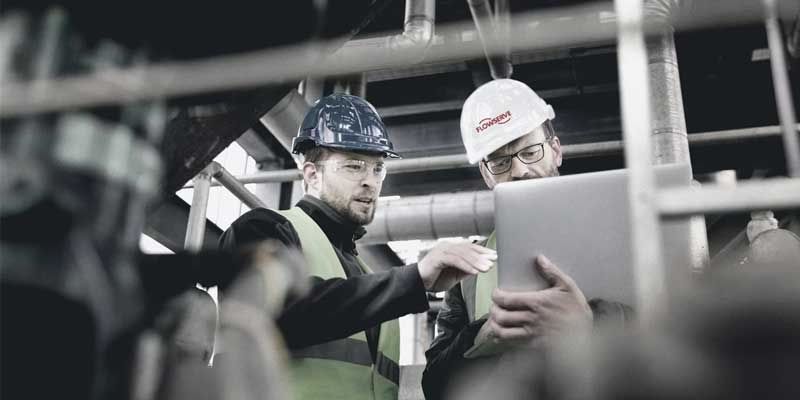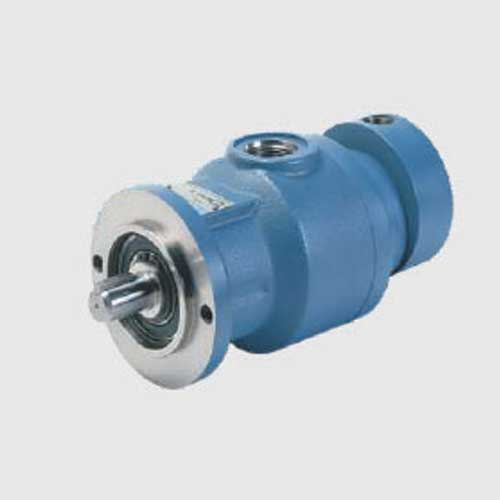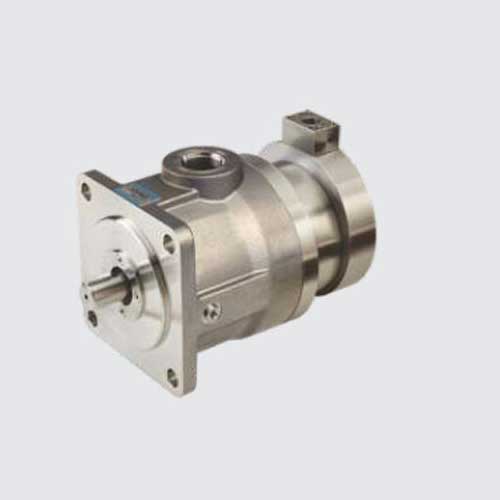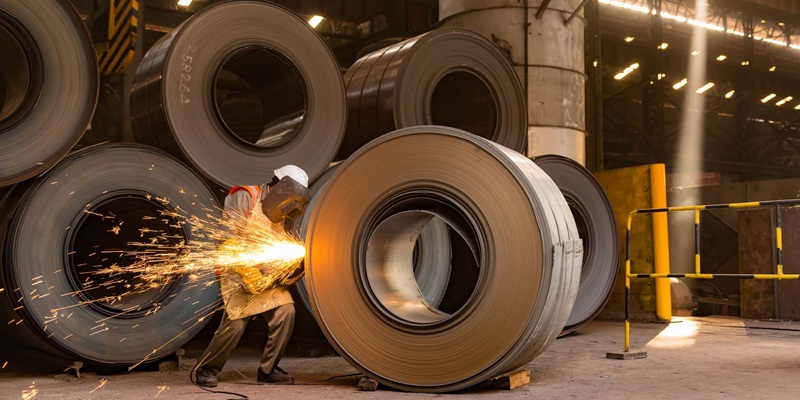Schedule a Call Back
Unlocking the full benefits of IoT technology
 Articles
Articles- May 27,23

Advances in asset health management, driven by breakthroughs in internet of things (IoT) technology, are creating tremendous excitement in the industry. This technology can deliver immediate benefits in industries ranging from water and desalination to thermal power generation, fertilizer, steel and cement, oil and gas, general chemical and petrochemical.
This revolutionary approach to equipment monitoring enables plant reliability engineers, operators and maintenance personnel to predict equipment and system behaviors and proactively prevent unplanned downtime. While many of these technologies have been discussed for years, they’ve only recently evolved to a level that makes IoT more viable for industrial users. Implemented correctly, they can deliver significant benefits such as:
These benefits and more have been made possible by new synergies among three components of IoT technology: architecture, devices and monitoring.
Architecture
An ideal IoT solution consists of five key components:
1. Equipment sensors that collect data for analysis
2. A communications infrastructure that transmits data from equipment sensors via a secure, encrypted network
3. Application-specific analysis technology designed for pumps, valves and seals
4. A reporting platform which provides insights into equipment performance over time, while sending emails and alerts so immediate action can be taken when an asset experiences a problem
5. A reporting center staffed with experienced human professionals watching over alarms to provide help
The most basic use of this type of IoT system is condition monitoring, which sends periodic “snapshots” of equipment performance from the sensors to a central hub for analysis. In this way, you can proactively detect changes that could be early indicators of failure and uncover insights to improve your plant’s efficiency, productivity and profitability.
A more sophisticated approach made possible by the latest IoT systems is predictive analytics, which captures a far more detailed stream of continuous, full-spectrum data that is transmitted close to real-time speed. This enables you to estimate when and why critical assets could fail earlier, and take preventive action before potential problems lead to downtime.
Devices
At the heart of any IoT system are instruments embedded with technology that enables them to connect with the architecture. These devices can capture and transmit a variety of equipment data. This includes, but is not limited to: temperature, pressure, flow, vibration, torque and other conditions.
This data can be transmitted to central gateways that communicate wirelessly with cloud infrastructure. Today’s most reliable and user-friendly technologies use open and secure architectures and have seamless interfaces so you can easily scale your device infrastructure as your needs evolve.
One of the most groundbreaking innovations has been the development of long-range wireless sensors that enable cost-effective monitoring of thousands of assets over sprawling facilities. Combined with gateway receivers capable of managing up to 2,000 wireless devices, data can now be securely transmitted 1.6 km (1 mi) or more, eliminating the limitations of short-range transmission technologies like Bluetooth.
Monitoring
Accurately capturing equipment performance is only one part of the IoT puzzle. Over time, instrumentation devices capture thousands of datasets. Effectively monitoring this information and analyzing it for trends are critical to unlocking IoT’s full predictive analytics capabilities.
Data trends and algorithms analyse equipment performance data, detect fault conditions, predict imminent failures, and recommend corrective actions. By reviewing this information, reliability engineers can instantly see when vibration, temperature or other conditions begin to deviate from the norm in a pump, valve or seal. Observing these trends enables your team to assess and repair failures before they happen.
It’s important to understand that algorithms are based on proprietary models, methodologies and industry experience, so the company providing the algorithms has a significant impact on what an operation can achieve by using them.
Ideally, monitoring software should work with existing infrastructure built by any manufacturer and run on any platform, from the plant control room to a maintenance technician’s handheld, an engineer’s laptop or in a cloud-based portal. It should also be backed by an off-site monitoring center staffed with experienced human monitors who can advise on best responses.
From reactive to predictive
Years ago, IoT seemed like a dream, given the high cost of incorporating wired instrumentation systems into existing infrastructures. The labour — which included breaking up concrete, burying wires, and filling it all back in — was cost-prohibitive. Add in the high cost of instrumenting and underwhelming, reactive analytics capabilities and you can understand why IoT wasn’t a viable option for most operations.
Today’s advanced IoT architectures, devices and monitoring solutions can be implemented in weeks rather than months at a fraction of the cost, making IoT a reliable way to avoid equipment failures, downtime and costly repairs while increasing predictability and productivity.
About the author:
Chris Riché is IoT Product Manager - Pumps and Seals for Flowserve Corporation. He can be reached on Email: criche@flowserve.com
(This article is based on Flowserve Corporation’s white paper on the same topic)
Related Stories

Crompton receives solar water pump order from MEDA
This development comes at a time when India’s submersible water pump market is witnessing rapid growth, driven by increasing demand across agriculture, rural water supply, urban infrastructure, an..
Read more
Unique capabilities of edge computing in IoT
IoT edge computing projects allow people to benefit from advantages associated with both technologies, letting them tap into many unique capabilities, says Emily Newton.
Read more
Enhancing metal cutting with IoT connectivity
IoT-enabled metal-cutting machines can dynamically adjust spindle speeds, coolant flow rates, and feed rates based on real-time feedback. This level of automation minimises human error and enhances ..
Read moreRelated Products

Cast Iron Plug Valve
Unitek Valves engages as a trader, wholesaler and
supplier of cast iron plug valves.

Pf Series Fixed Pump
HTM Hydraulics Pvt Ltd offers a wide range of PF Series
fixed pump.

PF Series Water Bases Fluid Pump
HTM Hydraulics Pvt Ltd offers a wide range of PF series water bases fluid pump.














